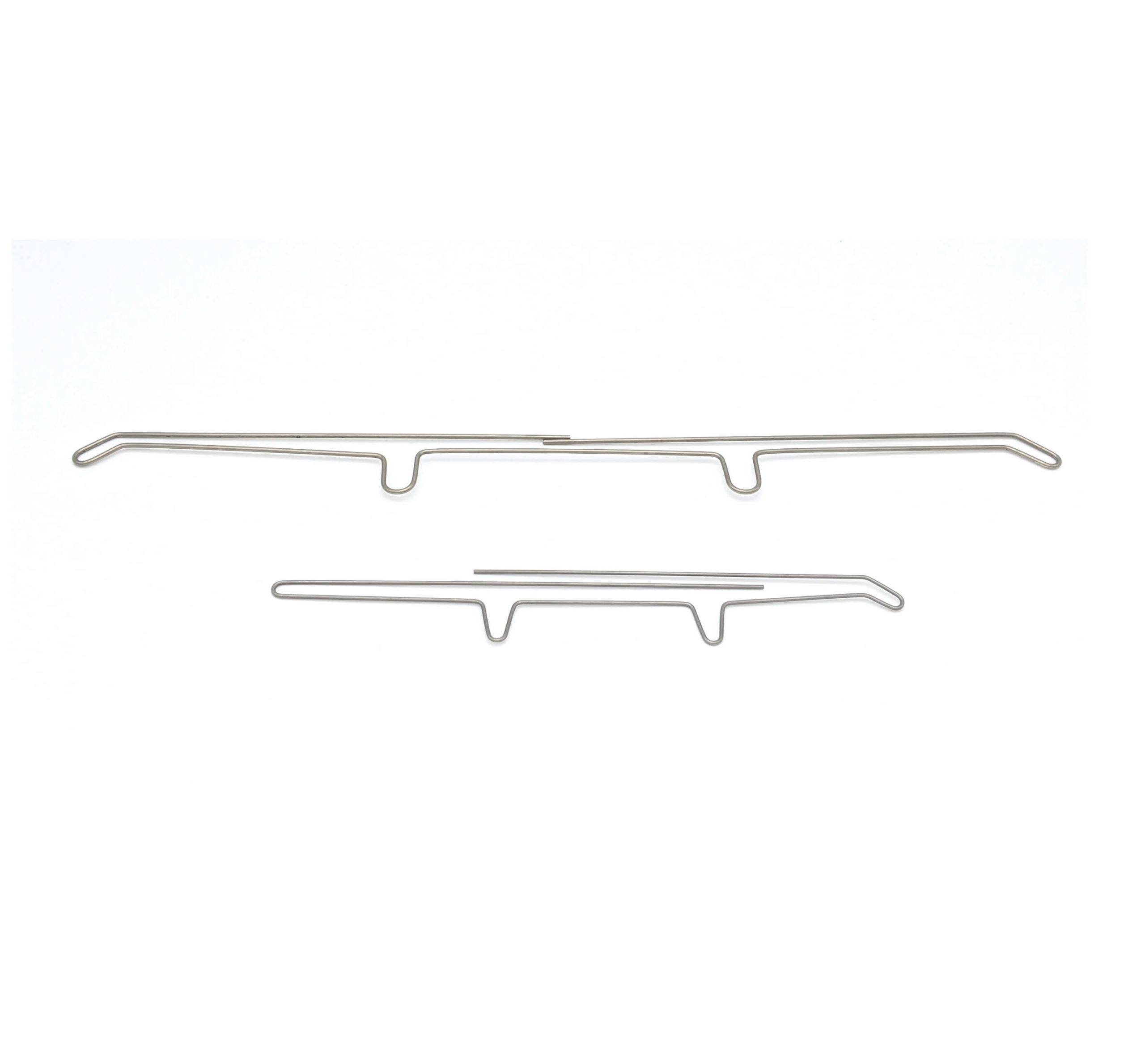Get unique, complex parts easily. No matter your requirements, Chaoyi Spring creates hard-to-produce coil springs and wire forms.
Let us help you create the custom wire form you need, from S-hooks and J-hooks to utility hooks and more.
We work closely with customers across a wide range of industries, helping them design and manufacture made-to-order parts.
Why choose Chaoyi Spring? We prioritize customer-focused collaboration, modern equipment and the latest technology to make your parts per print.
Find the information and guidance you need, from measuring a spring to learning about materials, placing an order and much more.
In the realm of mechanical engineering, springs play a crucial role in countless applications, from delicate watch mechanisms to heavy-duty industrial machinery. Among the various types of springs, constant springs


In the realm of mechanical engineering, springs play a crucial role in countless applications, from delicate watch mechanisms to heavy-duty industrial machinery. Among the various types of springs, constant springs stand out for their unique ability to deliver a consistent force throughout their deflection cycle. This characteristic makes them ideal for situations where a steady, predictable force is paramount. Let's delve into the fascinating world of constant springs, exploring their design, properties, and applications.

Imagine a spring that, regardless of how much you compress or extend it, always exerts the same force. That's the essence of a constant spring. Unlike conventional springs, which exhibit a linear relationship between force and deflection (following Hooke's Law), constant springs maintain a constant force output over a specific range of movement. This remarkable characteristic stems from their unique design, which often involves a precisely engineered combination of materials and geometry.
The secret to a constant spring's consistent force lies in its internal design. These springs are often constructed using a tightly rolled ribbon of material, typically a high-strength spring steel. As the spring is unrolled, the material's inherent elasticity and the precise curvature of the ribbon work in harmony to maintain a near-constant force. This is achieved by meticulously adjusting the spring's geometry, ensuring that the force exerted at any given point along its unrolling path remains relatively constant.
The constant force characteristic of these springs offers several advantages, making them suitable for a wide range of applications:
The unique characteristics of constant springs have opened doors to numerous applications across diverse industries. Here are a few examples:
While constant springs are known for their consistent force, they can be classified based on their specific design and applications. Here are some common types:
Constant springs are a remarkable example of ingenuity in mechanical design. Their ability to deliver consistent force over a defined range of movement has made them indispensable in a vast array of applications. From retractable devices to medical instruments and aerospace components, constant springs play a crucial role in ensuring smooth, predictable, and reliable performance.
As we've explored the fascinating world of constant springs, it's evident that their unique characteristics have revolutionized mechanical engineering. Their ability to deliver a consistent force and contribute to smooth, predictable motion makes them essential for countless applications. Whether it's retracting a tape measure or securing an aircraft door, constant springs stand as a testament to the enduring power of precision engineering.
Browse some of the custom wire forms and springs that we manufacture. Don’t see what you need? We specialize in made-to-order products that meet your application requirements.
Visit Our GalleryNeed a custom wire form or coil spring? We make it work. Fill out the contact form and a representative will respond within 1 business day. If you have a PDF or CAD file, you can submit to request a quote.